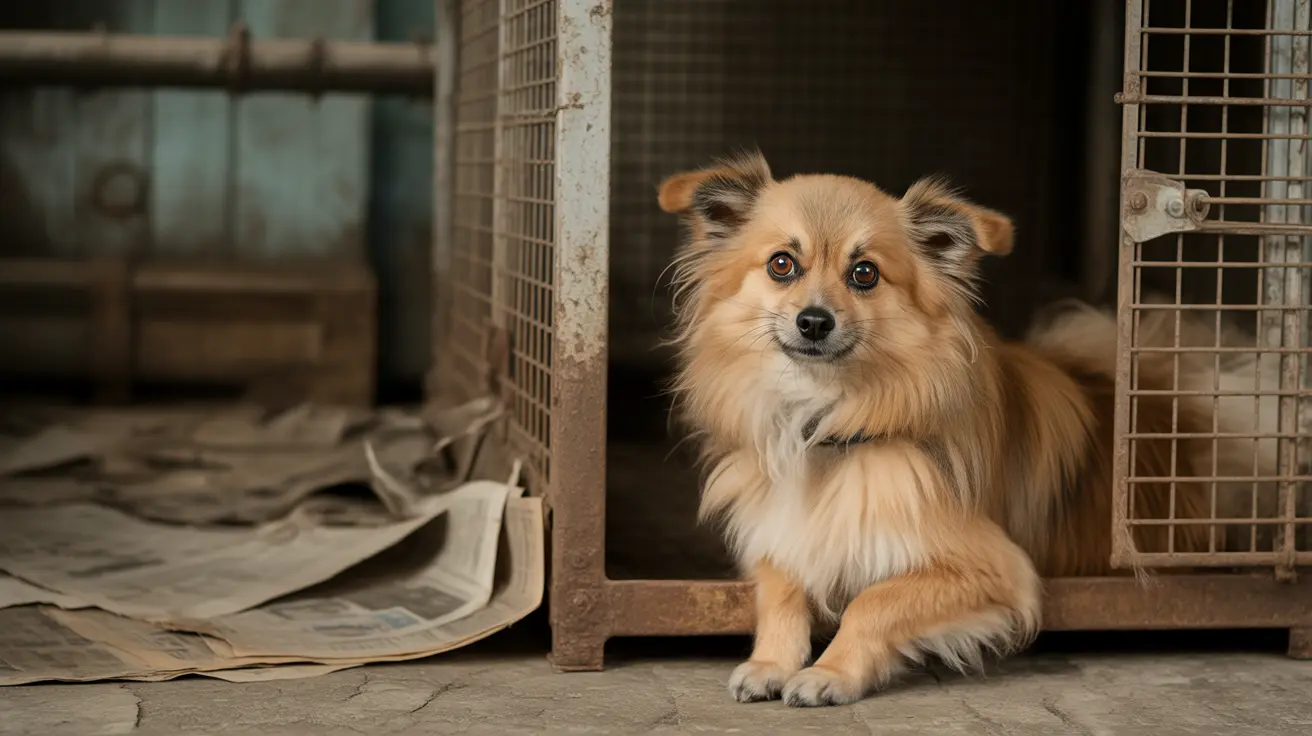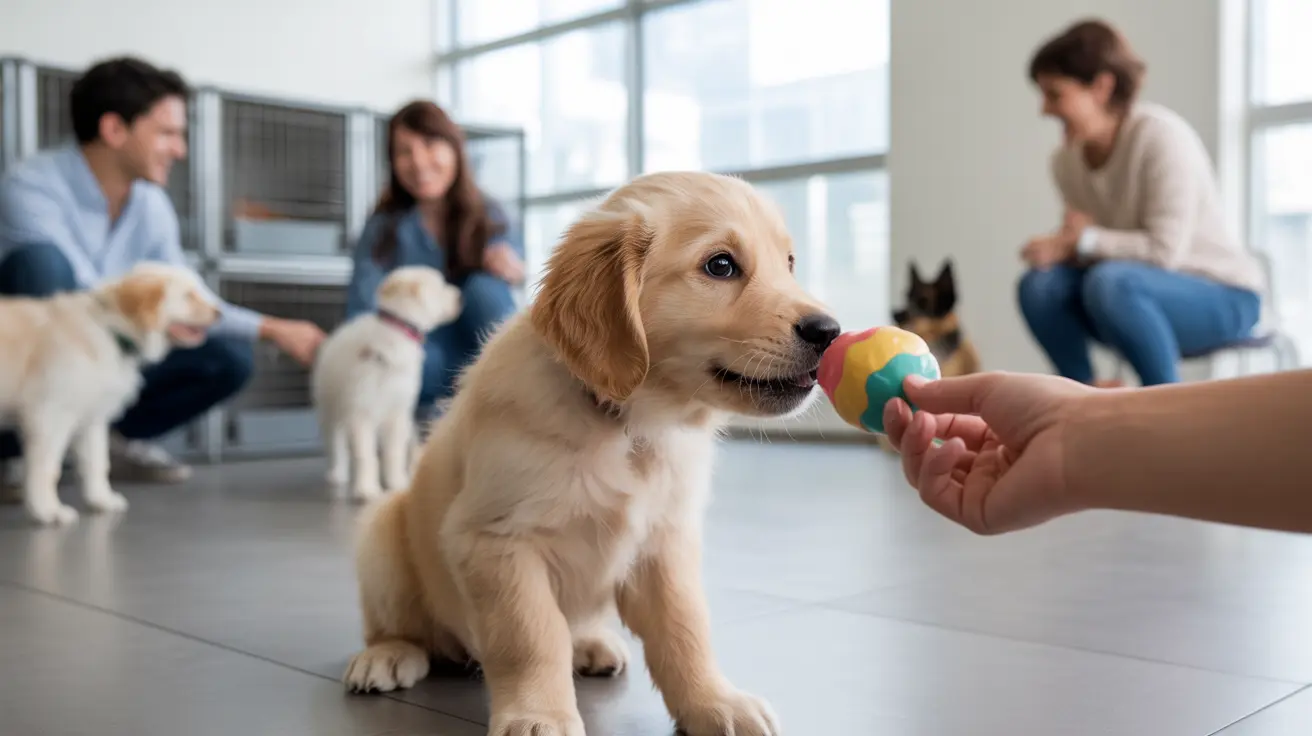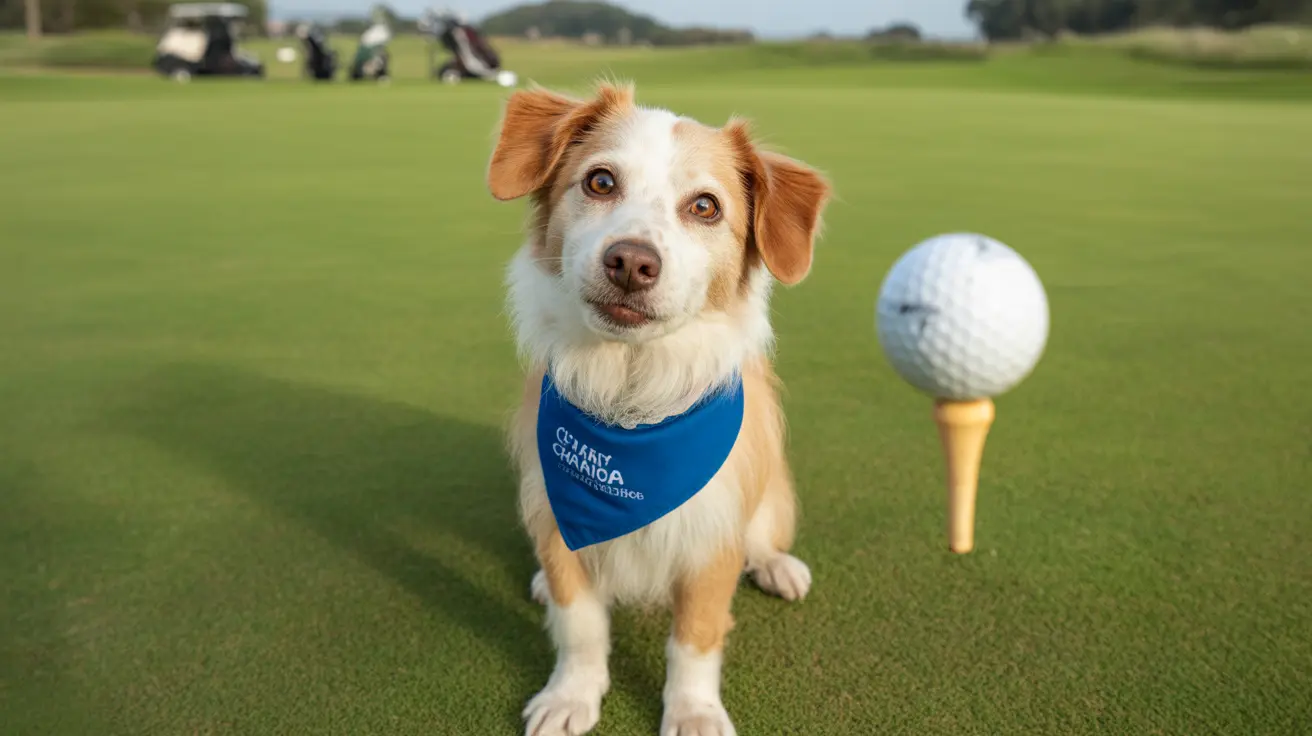Is Dry Shampoo Safe for Dogs? A Detailed Guide
Many dog owners wonder if they can use dry shampoo to keep their pets clean between traditional baths. The answer is yes—when used properly and with the right products, dry shampoo can be a helpful addition to your dog's grooming routine. However, there are important considerations to ensure safety and effectiveness.
What Is Dry Shampoo for Dogs?
Dry shampoo for dogs is a waterless grooming product that helps clean your pet’s coat without requiring a full bath. It typically comes as a powder, foam, or spray designed to absorb excess oil and remove some dirt. After application, your dog’s coat usually smells fresher and looks cleaner.
This option is especially useful in situations where:
- Your dog dislikes water or is anxious about baths.
- Your pet has mobility issues or is recovering from surgery or injury.
- A full bath isn’t practical due to weather, time constraints, or other reasons.
How Does Dry Shampoo Work?
The main function of dry shampoo is to absorb oils from the fur and mask odors. Common ingredients include cornstarch, baking soda, clay, and arrowroot powder. Some foams and sprays use surfactants to bind with oils and dirt on the coat. While these products help manage minor grime and smells, they don’t remove deep-seated dirt, bacteria, environmental toxins, or debris as thoroughly as traditional shampoos do.
Choosing a Safe Dry Shampoo
Not all dry shampoos are created equal. Here’s what you should look for:
- Formulated for Dogs: Only use products made specifically for dogs. Human shampoos can disrupt your dog's skin pH and cause irritation.
- Ingredient Transparency: Check labels carefully. Avoid synthetic fragrances, parabens, sulfates, phthalates, artificial colors, DMDM hydantoin, ammonium lauryl ether sulfate, cocamidopropyl betaine, cocamide DEA, ethyl/methyl parabens, methylchloroisothiazolinone, methylisothiazolinone, sodium lauryl sulfate—or any product listing vague terms like "proprietary blend" or "fragrance" without details.
- Natural Ingredients: Choose options with clearly identified natural ingredients that are pH-balanced for pets. USDA organic seals offer extra confidence in ingredient safety.
How to Use Dry Shampoo Safely
- Patch Test First: Apply a small amount on a small area of your dog's skin to check for any reaction before using more broadly.
- Avoid Sensitive Areas: Never apply near the face—especially eyes, nose, or mouth.
- Sparingly Apply: Sprinkle or spray along the spine; work it into the coat with your fingers.
- Let It Sit: Allow several minutes for the product to absorb excess oils.
- Brush Thoroughly: Remove excess product by brushing or towel drying; this distributes natural oils and prevents residue buildup.
The Risks of Overusing Dry Shampoo
If you rely too heavily on dry shampoo—without regular baths—you may run into problems such as:
- Buildup of powder or residue on the skin and fur
- Dried out skin or clogged pores
- Irritation or rashes from disrupted sebum production
This is why veterinarians and groomers recommend alternating dry shampoos with traditional baths. For example: after every few uses of dry shampoo (depending on your dog's needs), give your pet a thorough wash with a rinse-off pet shampoo.
A Few Extra Tips
- Avoid products that claim to "prevent" oil production—your dog’s natural oils are essential for healthy skin and coat.
- If you prefer DIY solutions: mix cornstarch (or unscented talc), table salt, and baking soda in a container—but always check with your veterinarian before using homemade recipes (especially if your dog has sensitive skin).
The Bottom Line: Safety Comes First
You can safely use dry shampoo on dogs by choosing high-quality products made for pets, checking ingredients closely, using them sparingly between regular baths—and always brushing thoroughly afterward. Don’t skip routine bathing altogether; think of dry shampoo as an occasional helper rather than a replacement for proper grooming practices. If in doubt about any product or method—especially if your dog has allergies or medical conditions—consult your vet before trying something new.





